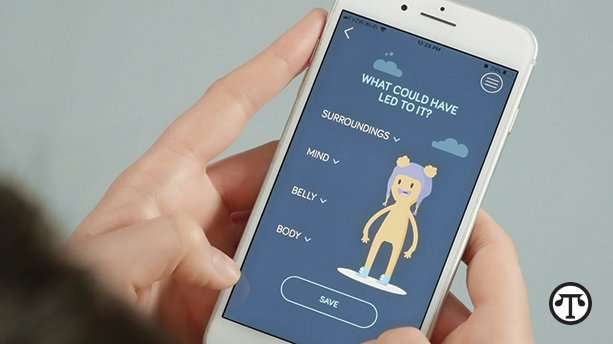FOR YOUR HEALTH: Kids Have Migraines, Too
 (NAPSI)—Migraine can happen to anyone, even children and teens. About ten percent of kids aged 5 to 15 experience migraine.
(NAPSI)—Migraine can happen to anyone, even children and teens. About ten percent of kids aged 5 to 15 experience migraine.
Heredity plays an important role in measuring the risk for migraine as most people who suffer from it have a family history of the disorder.
If left unmanaged, migraine can interfere with school, activities and daily life. Migraine is also associated with other health problems: About 1 in 4 young people who experience it have depression and 1 in 2 have anxiety.
Fortunately, parents and caregivers can help kids understand and take control of their migraines by making a personalized migraine management plan.
What is a migraine?
A migraine headache is often described as intense pulsing or throbbing pain in the head. Unlike adults, young children often feel migraine pain on both sides of the head and their migraines usually last less than 2 hours. Other symptoms could include:
- Nausea, vomiting, abdominal pain, and/or vertigoIncreased sensitivity to light, noise, and smells
- Lightheadedness, difficulty thinking and focusing, and fatigue. What are some common migraine triggers? Helping your child avoid or limit exposure to common triggers can reduce the number or severity of migraines. Common migraine triggers in children include:
- Skipped meals
- Dehydration, not drinking enough
- Lack of or too much sleep—not keeping consistent sleep and wake times
- Sudden changes in environment
- Loud or sudden noises
- Strong smells
- Stress, depression, and anxiety
- Hormonal changes
- In some children, certain foods or ingredients such as chocolate, caffeine, aspartame (artificial sweetener), monosodium glutamate (flavor additive), nitrites (food preservative).
How can I help my child manage a migraine?
Several studies have shown behavioral strategies can be effective in helping children manage their migraine. A few of these techniques include:
- Drinking enough water throughout the day
- Eating regular meals and snacks
- Getting enough sleep (about 9-11 hours) each night
- Using relaxation strategies, such as taking deep breaths, to lower stress levels. Not only can these behaviors help prevent a migraine, they can also be effective at managing pain at the onset.
If a migraine is already underway, a nap in a darkened room with a cool compress and a glass of water can do a lot to help get rid of it. You can use the Migraine Trainer app to make a migraine management plan The National Institute of Neurological Disorders and Stroke (NINDS) developed the Migraine Trainer to help kids ages 13+ to understand possible causes of their migraines. The goal of the app is to encourage young people to take an active role in their treatment by creating a personalized migraine management plan with the help of their parents and healthcare provider. With this app, kids can track the frequency of their migraines and work to pinpoint common causes of migraines for them. It can be downloaded, free, from the App Store and Google Play.
Sources:
National Institute of Neurological Disorders and Stroke, Headache: Hope Through Research. National Institute of Neurological Disorders and Stroke, Migraine.
Responsible journalism is hard work!
It is also expensive!
If you enjoy reading The Town Line and the good news we bring you each week, would you consider a donation to help us continue the work we’re doing?
The Town Line is a 501(c)(3) nonprofit private foundation, and all donations are tax deductible under the Internal Revenue Service code.
To help, please visit our online donation page or mail a check payable to The Town Line, PO Box 89, South China, ME 04358. Your contribution is appreciated!


Leave a Reply
Want to join the discussion?Feel free to contribute!